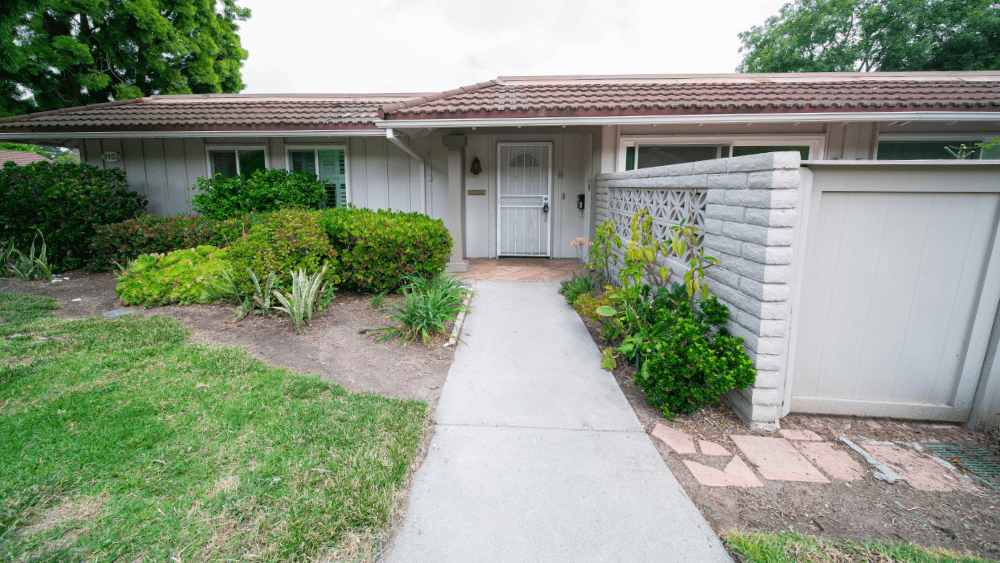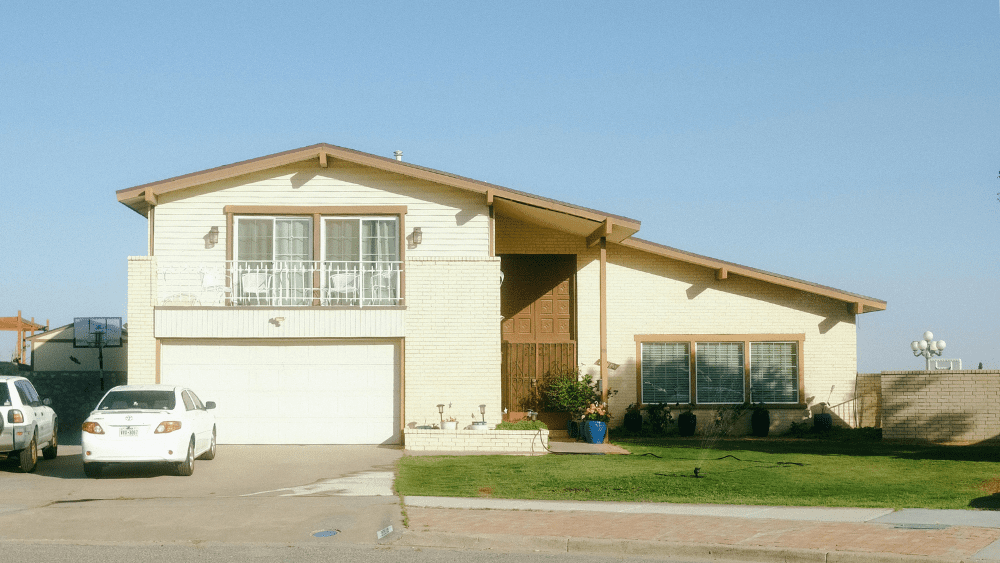Lithium-ion batteries have been getting a lot of attention due to the dangerous fires they create if they catch alight.
Australians are increasingly choosing electric vehicles. Image: Getty
More Australians are switching to electric vehicles for the fuel cost savings, the environmental benefits, and the driving experience.
Once considered an impossibility, vehicles that run entirely on stored electric energy are now far from an unusual choice for car buyers. Instead of stopping into petrol stations on a weekly basis, Aussies are now plugging in their cars to juice up the lithium-ion batteries that power their motors each night after they arrive home.
EVs are more popular than ever
The numbers speak for themselves. According to the Electric Vehicle Council, between January and June 2025, EVs accounted for more than 12% of all new car sales in Australia, up from 9.6% during the same period last year.
With such gains in popularity, it tracks that when it comes to buying or building a property, Aussies are quickly becoming more interested in how their home can support an EV lifestyle.
Australians want to charge at home
Realestate.com.au’s 2025 Property Seeker Survey uncovered a substantial increase in how buyers are prioritising EV charging at home.
Desire for EV charging at home has risen from 13% to 24% of buyers in one year alone between 2024 and 2025.
But with lithium-ion batteries the subject of constant media attention due to their fire risk, and the endless sales pitches promising to be the only product that can properly extinguish an EV fire, it’s natural that some might wonder if their EV increases the risk of a fire in their home.
Convenience is king: Australians want to be able to charge their cars at home, quickly. Image: Getty
What is a lithium-ion battery fire?
Lithium-ion batteries can turn into a dangerous fire risk when one of the cells enters thermal runaway. This is a self-sustaining, unstable chemical reaction that causes the cell to heat uncontrollably. This can be caused by damage to the cell or extreme heat.
When it comes to EVs, typical fire retardants cannot extinguish the fire because the cells are covered with several types of protective casings, and therefore cannot be accessed to be cooled. Generally, firefighters manage the fire with suppression and containment, allowing the cells to burn out.
According to Emma Sutcliffe, the founder and director of EV Fire Safe, there are some important facts that consumers should know about EVs and their fire risk.
The first, as she explained during a presentation hosted by the Housing Industry Association last month, is that fires caused by lithium-ion batteries in EVs are extremely rare.
In fact, Ms Sutcliffe said she could say "with great confidence that lithium-ion powered sex toys have actually set fire to more Australian homes than electric cars".
There have actually only been 11 electric vehicle fires in Australia, ever. That’s compared to 240 fires that Fire and Rescue NSW traced back to lithium-ion batteries in the first ten months of 2024 alone.
“Electric cars are subject to a huge amount safety regulation. They have to be crash tested and meet all sorts of standards. But vapes, e-bikes, these smaller, unregulated lithium-ion battery powered devices that can be bought with the click of a button, they don't have to meet any kind of regulation, and the standards are just starting to catch up with them now," Ms Sutcliffe explained.
EVs are subject to a huge amount of regulation, ensuring their safety. Image: Getty
Ensuring your home is EV safe
EV owners will be relieved to know that EV fires are extremely rare, in almost all of the 11 cases in Australia, the cause of the fire was not sourced to the car, rather the car’s batteries caught fire due to another fire in a home garage.
So when it comes to constructing a home that reduces the risk of EV fires, or modifying your existing home for safety, there are a few key things that Ms Sutcliffe said that EV owners should consider with regards to fire safety.
The main thing that Australians will need to do if they are charging at home with a permanently wired EV charger is to select an electrically compliant charging system and have it installed by a qualified person.
"Put simply, in normally operating road-registered EVs, it is electrically impossible for the battery to be overcharged so it catches fire while using an electrically compliant unit that has been installed to standard by a qualified person," EV Fire Safe reported.
Australian Standards also enforce the installation of an isolator switch within two metres of a hardwired EV charging unit.
And if Aussies are wanting to install solar panels and a battery to assist in charging their car, they should be aware that in Australia, batteries can not be installed on exterior walls outside habitable rooms like bedrooms, lounges, and studies. There are other regulations such as a minimum proximity from windows and vents, so consumers who are building a home that they would like to be able to accommodate a solar battery should look into design that supports this goal.
If using a level 1 charger with an EV – typically a specialised cable supplied with the vehicle that connects directly to a power point – consumers should ensure that the home’s electrical wiring is up to code and meets the mandatory safety requirements of the state.
It's also really important that EV owners do not use power boards, adaptors or extension cords with these cables.
Taking care of your car – and your home
According to EV Fire Safe's protocols, Australians shouldn’t plug in an EV if it has been involved in a a road traffic accident where emergency help was required; if it was submerged in flood water; exposed to fire; or recalled by the manufacturer. These vehicles should be checked at a dealership or service centre before charging.
There are also some good habits that Australians can practice around EV charging to protect both their vehicles and their homes.
Before and after charging, it’s a good idea to check for faults or a warning light on the EV's dashboard or app.
Check the charging unit, plug and cable for wear and tear, and do not use damaged charging equipment.
After charging, place all cables in a safe place to reduce the risk of damage.
And when it comes to those products available online that promise to be the only thing to extinguish an EV fire, Ms Sutcliffe is clear: “None of them work”.
While exceedingly rare, if faced with the possibility of an EV battery fire, Ms Sutcliffe stresses the best course of action is to “evacuate, and let firefighters deal with it”.
Are you interested in buying or building new? Check out our dedicated New Homes section.



















 English (US) ·
English (US) ·